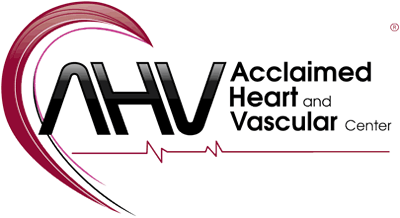Narrowing that occurs in the valve itself is called pulmonary valve stenosis. There may also be narrowing just before or after the valve. The defect may occur alone or with other heart defects that are present at birth. The condition can be mild or severe.
Pulmonary valve stenosis is a rare disorder. In some cases, the condition runs in families.
Symptoms
Many cases of pulmonary valve stenosis are mild and do not cause symptoms. The problem is most often found in infants when a heart murmur is heard during a routine heart exam.
When the valve narrowing (stenosis) is moderate to severe, the symptoms include:
- Abdominal distention
- Bluish color to the skin (cyanosis) in some people
- Poor appetite
- Chest pain
- Fainting
- Fatigue
- Poor weight gain or failure to thrive in infants with a severe blockage
- Shortness of breath
- Sudden death
Causes
Pulmonary valve stenosis usually occurs when the pulmonary valve doesn't grow properly during fetal development. Babies who have the condition often have other congenital heart abnormalities, as well. It's not known what causes the valve to develop abnormally.

Acclaimed Heart and Vascular Center
We deliver excellent care with compassion after discussing your health and treatment plan with simplicity.
DISCLAIMER: THIS WEBSITE DOES NOT PROVIDE MEDICAL ADVICE
The information, including but not limited to, text, graphics, images and other material contained on this website are for informational purposes only. The purpose of this website is to promote broad consumer understanding and knowledge of various health topics. It is not intended to be a substitute for professional medical advice, diagnosis or treatment. Always seek the advice of your physician or other qualified health care provider with any questions you may have regarding a medical condition or treatment and before undertaking a new health care regimen, and never disregard professional medical advice or delay in seeking it because of something you have read on this website.

